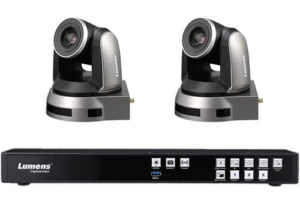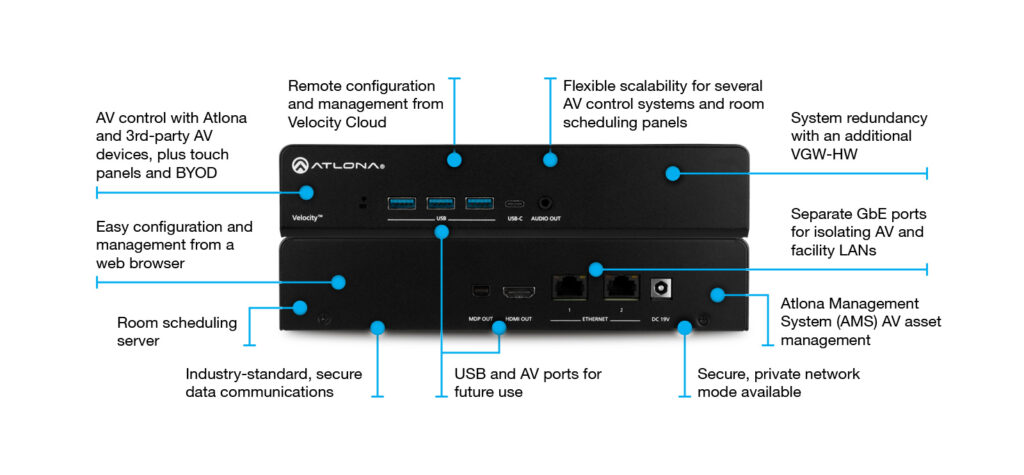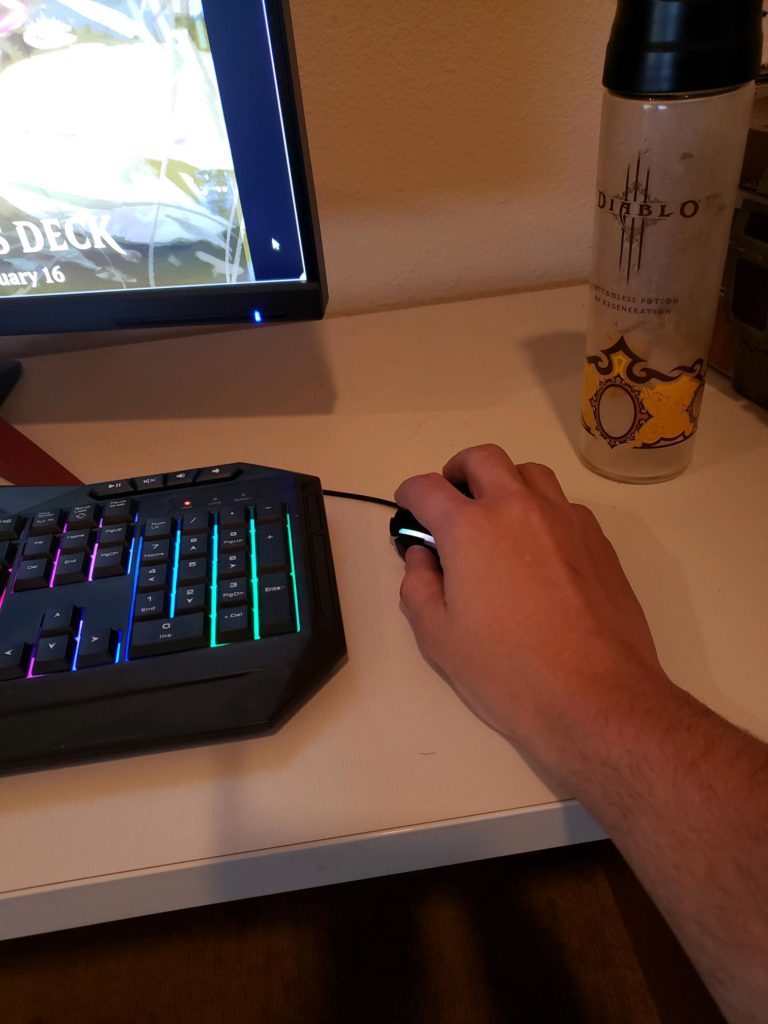Competitive Esports: What’s It All About?
Over the past few years, Esports has transformed from a niche activity into a global phenomenon, with large audiences, sponsorships, and college programs dedicated to competitive gaming. While Esports is rising in popularity across many universities, the term can still be a bit of a mystery for those who aren’t immersed in the gaming world. Simply put, Esports focuses on competitive video gaming, where players and teams participate in organized tournaments, often with large audiences watching online or live at arenas.
In a recent article about the rapid expansion of Esports, rAVe’s Clara Mello details the large market potential for competitive gaming. Thanks to its expansion into college programs, the gaming market was valued at $187 billion with 335 million players and viewers when rAVe’s article was published.
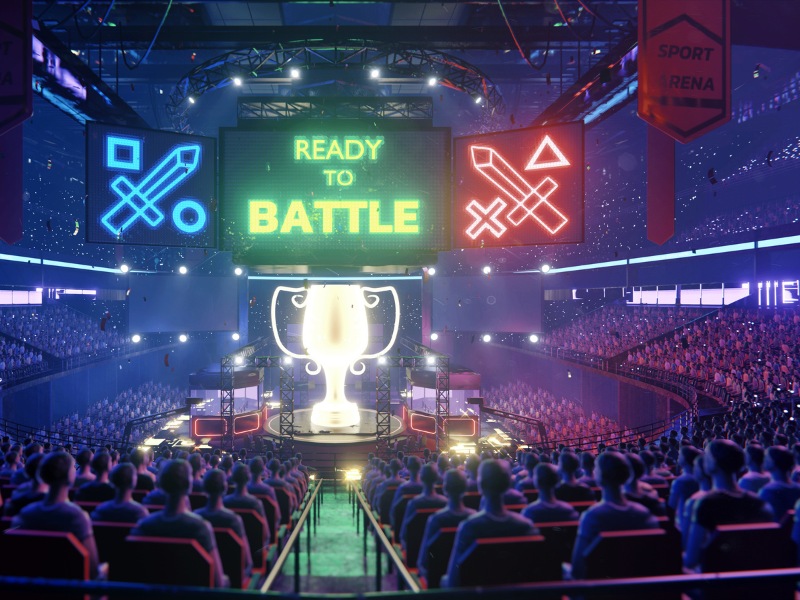 But it’s not just about the games — there’s a long list of audiovisual technology that helps bring these epic events to life. Let’s take a deeper dive into the world of Esports and discuss how AV solutions are driving this industry.
But it’s not just about the games — there’s a long list of audiovisual technology that helps bring these epic events to life. Let’s take a deeper dive into the world of Esports and discuss how AV solutions are driving this industry.
In conversation with Keith Vidger, Engineering Manager for Pro Video and Audio at Panasonic, we discussed the key factors that contribute to a successful Esports setup. First and foremost, it’s important to differentiate Esports streaming from broadcasting.
“There are many rules and procedures used for broadcasting at conventional sporting events,” he explained. “These rules do not apply when you’re not broadcasting over the air, so there’s no need for delay.”
While the government requires that traditional broadcasts insert several seconds of delay, these rules do not need to be followed when streaming. Instead, streams should have one frame or lower latency. And in competitive Esports, latency and lag are major concerns. With each game requiring split-second decisions, even a few milliseconds of delay can cost players the game.
“Certain applications do not care about lag, but [in Esports,] 3-microseconds versus 2-microseconds of lag could be the difference between winning and losing a game,” Vidger said. “[Traditional] broadcasting caused an unnecessary delay that was detrimental to the game players.”
Additionally, the growing popularity of Esports wouldn’t be complete without the rise of platforms like Twitch and YouTube. Many Esports events are streamed live on Twitch, where millions of fans tune in to watch the action unfold in real time. Pre-recorded events are frequently uploaded to YouTube, where they can be revisited by fans after the event is over.
So, how does the right AV gear enhance an Esports event? Here are a few necessary products that are designed to help these competitions run smoothly and efficiently.
PTZ Cameras
 Panasonic’s AW-UE150 and AW-UE160 cameras are excellent choices for Esports events, as they provide crystal-clear images and capture fast-moving gameplay. For smaller setups or more budget-friendly options, the AW-UE30 and AW-UE40 are also great choices.
Panasonic’s AW-UE150 and AW-UE160 cameras are excellent choices for Esports events, as they provide crystal-clear images and capture fast-moving gameplay. For smaller setups or more budget-friendly options, the AW-UE30 and AW-UE40 are also great choices.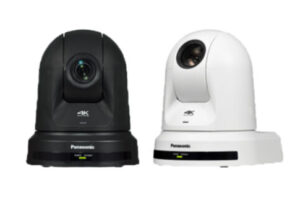
Explore the Panasonic PTZ Camera lineup.
Displays
While the players often have access to their own personal monitors during an Esports event, large displays are an essential component of an arena. These displays show the competition to large, in-person crowds and give attendees a close-up look at key moments.
Looking towards the future of competitive Esports, Vidger finds that the largest point of change is in the organization of the sport itself, as there are many different leagues that can employ players and drive revenue. He expects that the scope and reach of these leagues continues to expand, with more university campuses requesting these audio-visuals systems to host competitive Esports events.
Overall, Esports is a fast-growing segment for the AV industry. In my opinion, it’s a very interesting topic, especially if you are not really involved in playing any games. If you’re looking to experience an Esports event, I’d recommend going on Twitch to watch an online stream. This is an area that brings opportunities for all of us to provide equipment for these events. Additionally, Esports also presents itself as a rapidly growing business segment, which will only bring even more discovery of products and services.
This was an educational and eye-opening process for me, and I’ll share some useful links and resources so you can peruse them, too! With any questions, please reach out to me, your Exertis Almo representative, and/or your Panasonic TAM for assistance.
Resources for You
- Want to read more? Check out “Esports on Campus: The Role of ProAV in Competitive Gaming“
- For more details on the market potential of Esports, visit rAVe’s article, “How to Get into Esports“
- To learn about AV’s influence on Esports, watch this video from InfoComm.

Angie Greene | DSCE
Business Development Manager
Supported Manufacturers: Panasonic Connect

 Let’s explore the key categories of Pro AV technology essential for creating cutting-edge Esports facilities on college campuses and how integrators can play a vital role in the process.
Let’s explore the key categories of Pro AV technology essential for creating cutting-edge Esports facilities on college campuses and how integrators can play a vital role in the process.
